Virtual Reality in Education: The Future of Learning
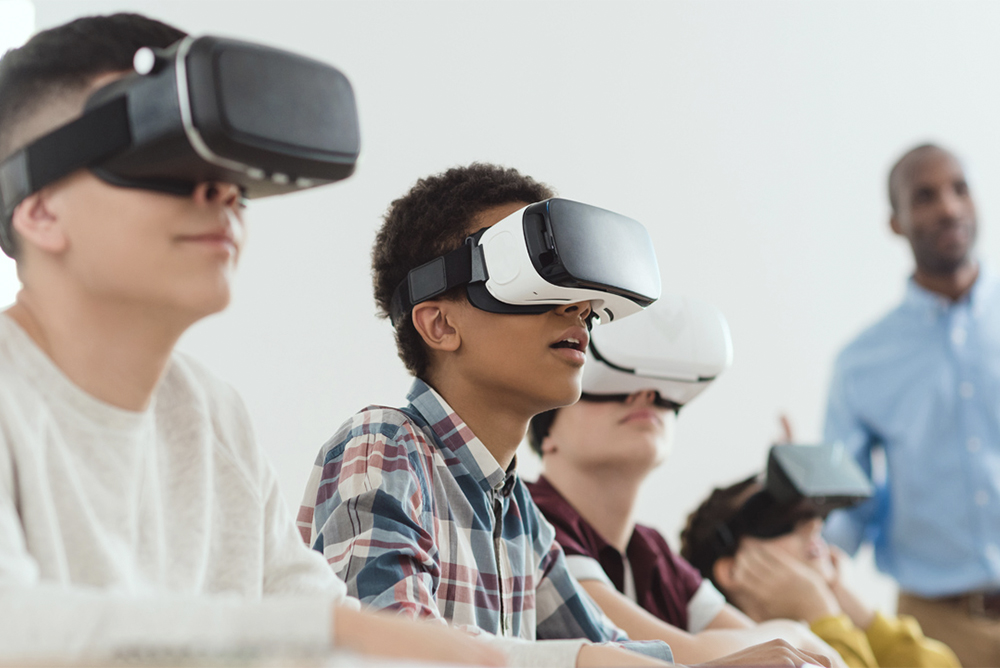
Section 1: The Importance of Virtual Reality
In the past, people had to observe other people experience the world around them. Virtual reality utilizes technology to simulate reality in a safe and controlled manner, without disturbing real life.
VR headsets like Oculus Rift, Google Cardboard and Samsung Gear VR provide an immersive experience with a motion-tracking sensor. The VR headset and sensor sense the movements of your head and move the image accordingly. Using these sensors, the images will be more realistic. Moreover, such devices allow interacting with different virtual environments using your hand or a controller. This further allows you to have a fully immersive experience of virtual reality.
In comparison to the virtual reality experience, watching a virtual reality movie has a short shelf life.
VR Simulations
Educational and training simulation is an emerging sector of the virtual reality market. Educational institutions have been using VR simulations to help learners with cognitive and perceptual skills in the real world. They use VR simulations to:
- Achieve user skill levels
- Expose learners to the work environment
- Equip students with critical thinking skills
- Provide a holistic perspective on a subject
- Improving teamwork and task skills
The most beneficial application of VR simulation is enabling learners to take hands-on learning experiences. Participants of a learning program that uses a VR simulation in an educational setting can perform practice tasks in the simulated environment before the actual task is performed.
Gaming as a Learning Tool
Virtual Reality has been used in the past to enhance learning and engagement in multiple settings, such as classrooms, medical, education, and industrial settings.
These sessions facilitate people in developing decision-making skills, recognizing complex physical situations and situations, or interpreting physiological data and monitoring changes in the body. This type of experiential training is useful for combat simulations, situational training exercises, and emergency response training.
How VR Works in the “Innovation Machine” of the Education Sector
With the advancement of VR technology, it has become a game-changer in the field of education.
What is Virtual Reality?
Virtual Reality can be defined as an artificial environment that can simulate any of the five senses and have a presence in the user’s perception. Virtual Reality can either be electronic media or a combination of both. Electronic media includes gadgets such as VR monitors, 3D glasses and gaming consoles. Virtual Reality is used in several industries, especially, in e-learning applications to improve the learning outcomes of students. Virtual Reality is a very effective method to increase the performance, engagement and creativity of students.
What is the Role of Virtual Reality in Education?
Students can engage in various activities to visualize, learn and connect to virtual objects.
Why Education Needs VR
Virtual reality experiences and simulations are advancing at an exponential speed. People can now be put into a 3D virtual world and experience the environment with added motion, visuals and sounds. While this sounds cool, the applications go far beyond gaming and entertainment.
Here are some of the primary applications of VR in the educational sector:
Haptic Mimicking
If you are a student who is learning to play a musical instrument, VR can allow you to feel the vibrato and clap of a flute as it resonates in your mouth. You can also hear the sound of the flute in your ear while playing. It is a method that can effectively simulate the feeling of playing an instrument.
The Future of Education with VR
Technology is a great facilitator for building future-ready skills. VR has great potential to enhance the cognitive skills of students, making them smarter, and enabling them to solve problems more effectively. This will help build empathy, critical thinking and greater problem-solving skills.
With Virtual Reality in Education, students will be able to develop their creativity and talents in a more stimulating and interactive way. It will also bring the content closer to the user, increasing the 'aesthetic appeal' of the learning experience. It will help them interact better with their peers and teachers and will also help improve their English skills. VR can enhance social and emotional skills, among others.
Conclusion
Virtual Reality is poised to revolutionize the digital learning ecosystem, as it is expected to provide the necessary tools to help our students learn in a far more immersive environment. Education has always been the epicenter of new technologies, and students of the 21st century will undoubtedly view VR and AR as critical tools for learning in the future. We need to start embracing this technology now so that we can eventually reap the benefits of these advanced devices and immersive experiences. These are truly exciting times for everyone involved in education, and we can look forward to the possibilities that VR and AR bring for the future of education.
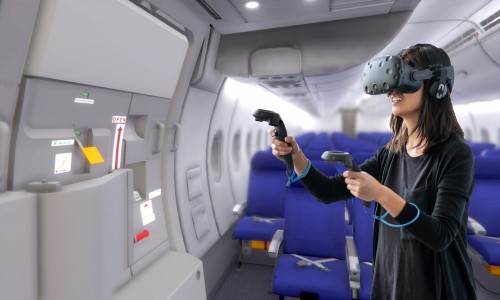

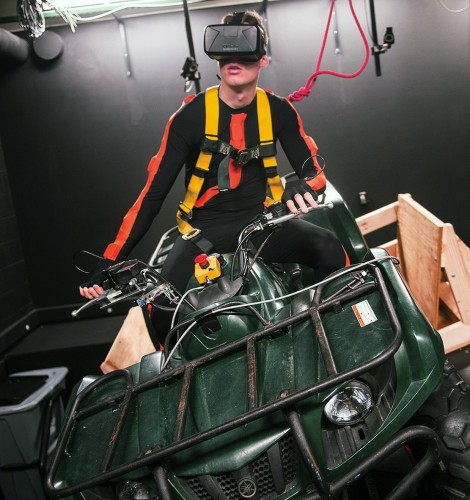
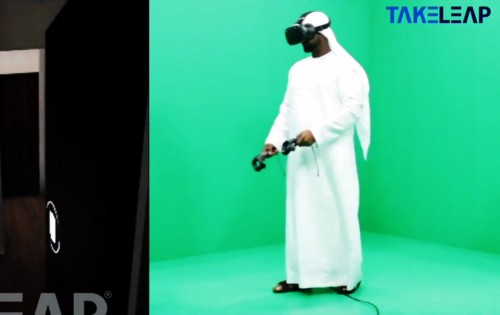
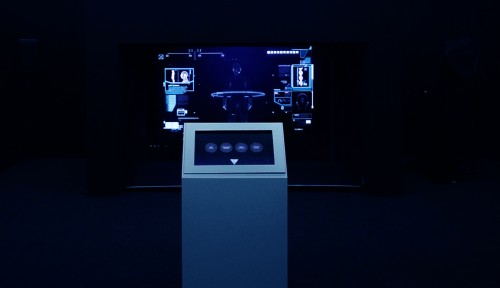
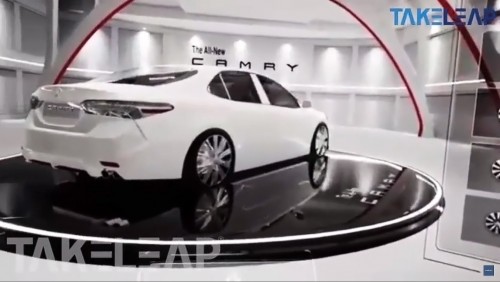

 Call
Call
 Mail
Mail